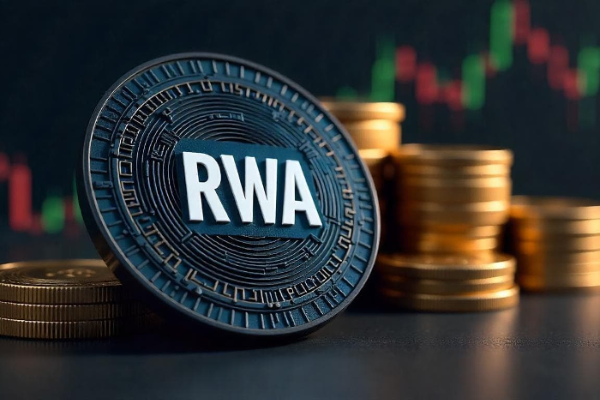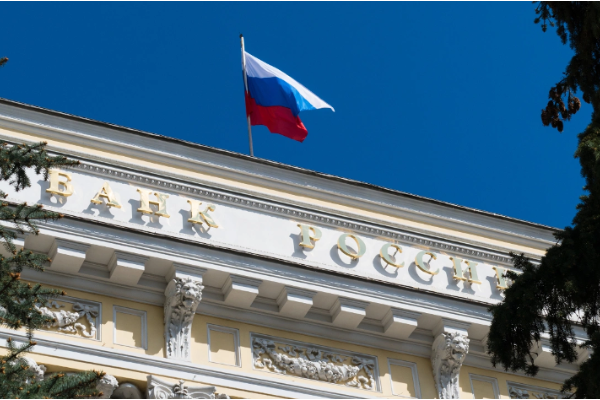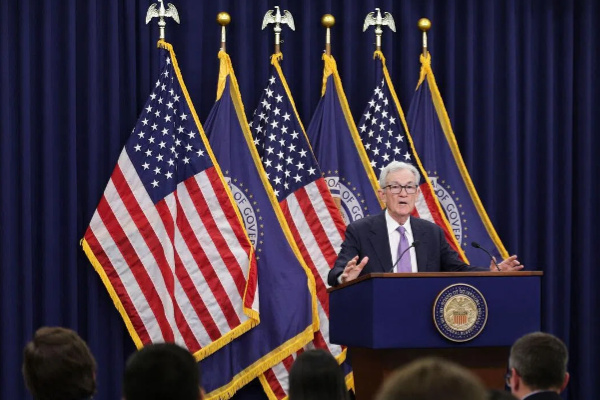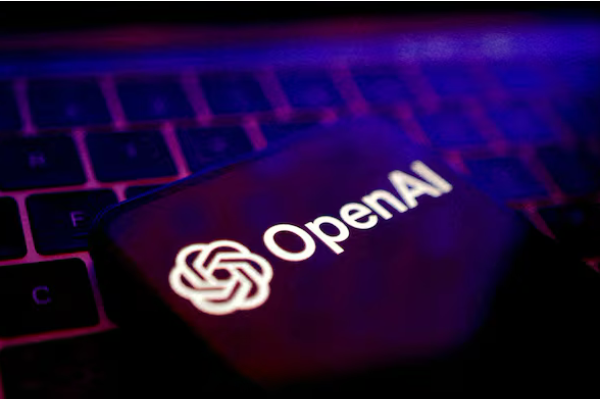Mastercard plans to integrate stablecoins into global payments network
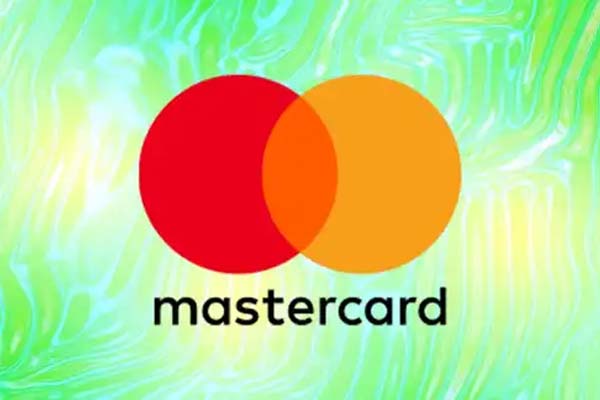
Mastercard is taking action to allow consumers to spend and merchants to receive payments in stablecoins.
“To enable consumers and businesses to use stablecoins as easily as they use funds in their bank accounts, Mastercard is offering an all-in-one, all-in-one solution,” Mastercard said in a press release published on Monday. Consumers will be able to “earn rewards, pay and use stablecoins in crypto wallets with traditional bank cards at more than 150 million merchants accepting Mastercard worldwide, and withdraw stablecoins to their bank accounts using Mastercard Move.”
In addition to partnering with cryptocurrency exchange OKX to issue the card, Mastercard said it is working closely with stablecoin issuers Circle and Paxos to enable merchants to receive payments in stablecoins. Circle issues USDC +0.0092%, the second-largest stablecoin by supply.
As Congress considers stablecoin legislation, which is expected to increase adoption and use, large banks are preparing to enter the market to issue and conduct business using stablecoins pegged to the U.S. dollar.
Earlier this month, Bleap entered into a strategic partnership with Mastercard to integrate stablecoin payments into traditional financial infrastructure. Mastercard has previously partnered with other cryptocurrency companies, including MetaMask, Baanx, and Ledger. Last July, crypto wallet provider Argent launched a new cryptocurrency payment card in partnership with Mastercard and blockchain startup Kulipa.
“When it comes to blockchain and digital assets, the benefits for mainstream use cases are clear. We believe stablecoins have the potential to simplify payments and commerce across the value chain,” said Jorn Lambert, Mastercard’s chief product officer, in a statement on Monday.
The total supply of stablecoins pegged to the U.S. dollar recently exceeded $230 billion. The market size is expected to grow to trillions of dollars in the next few years. According to Bitwise analysts, stablecoins will account for more than $5.1 trillion in global transactions in the first half of 2024.
